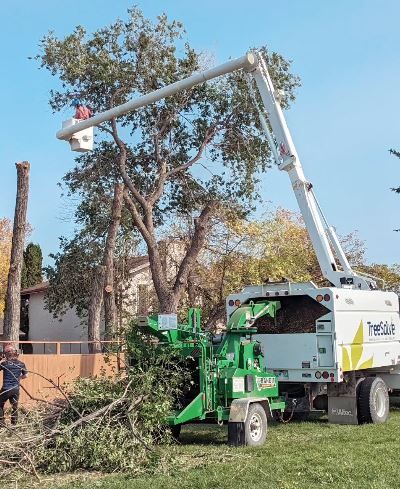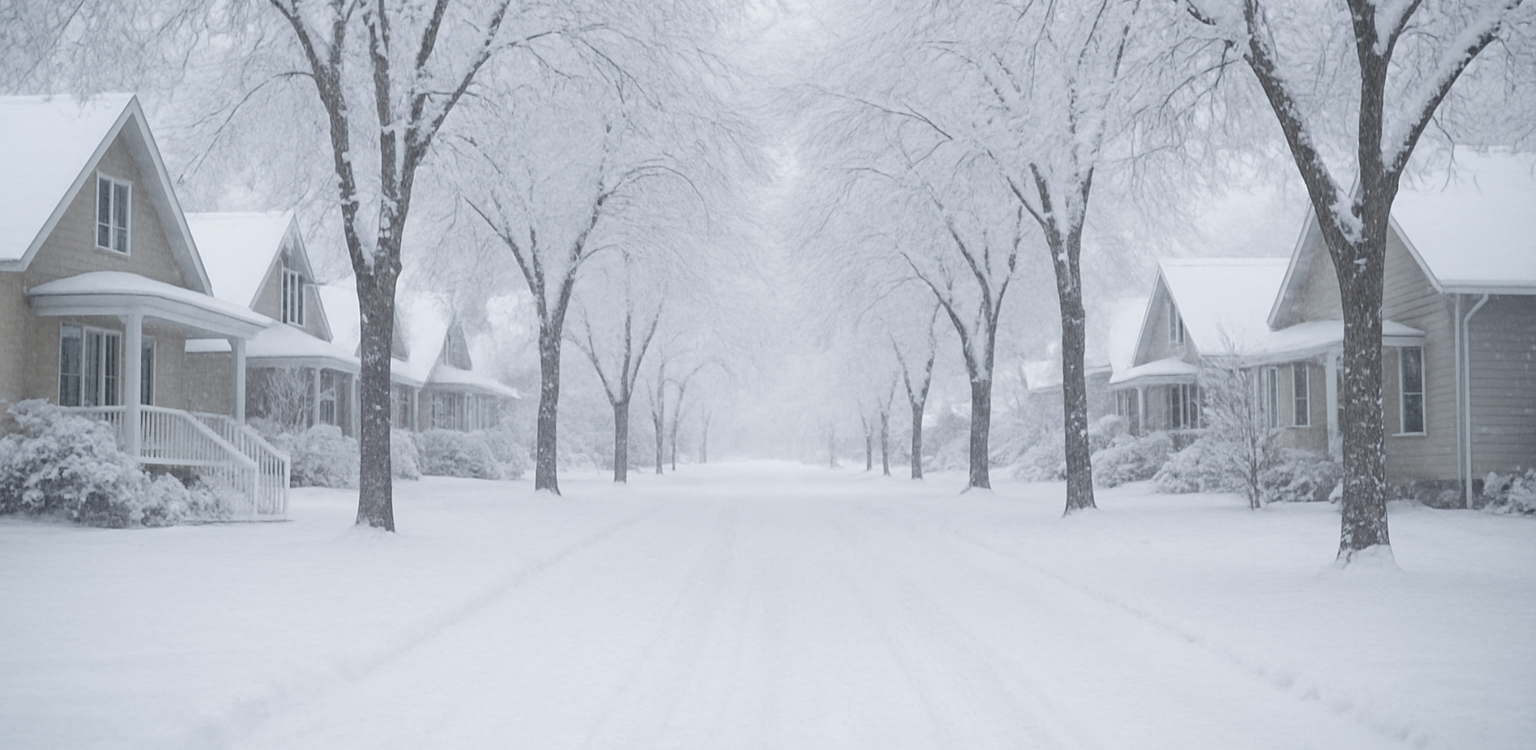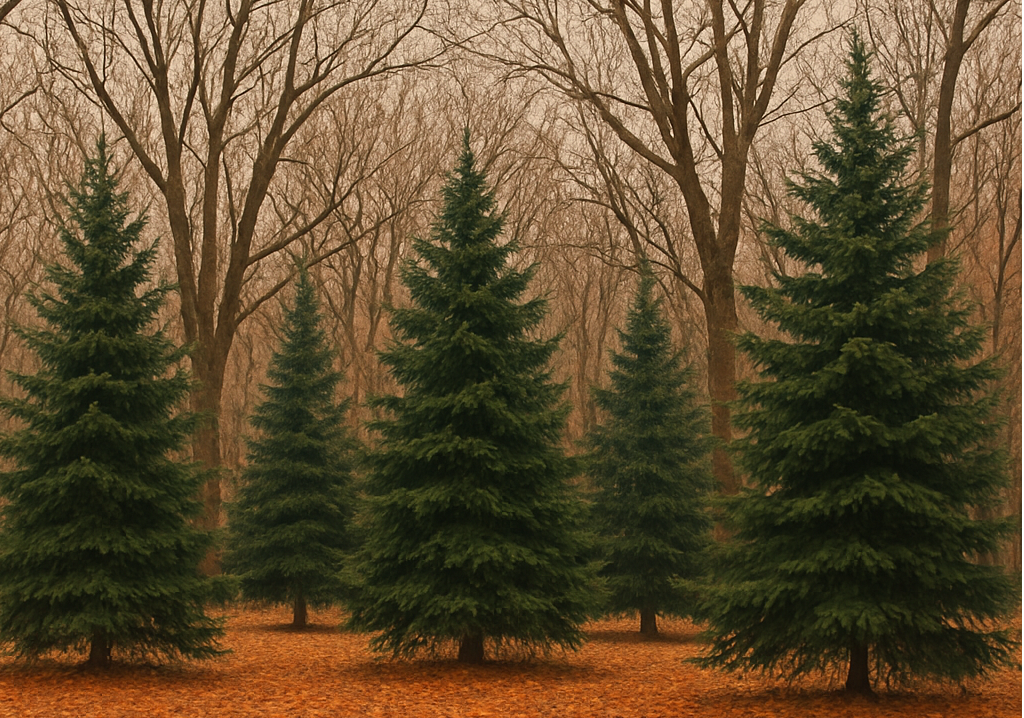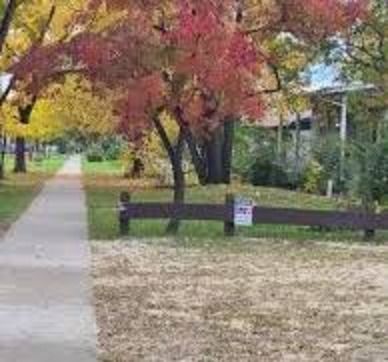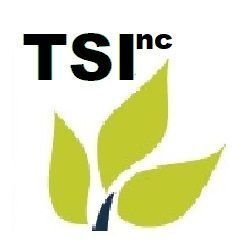Tree Pruning Myths Debunked: What You Really Need to Know
Trevor Soltys & Paul Kasper
When it comes to tree care, pruning is one of the most important — and most misunderstood — practices out there. While proper pruning can keep your trees healthy, safe, and beautiful, there are plenty of outdated or flat-out wrong ideas still circulating. Let’s break down some of the most common tree pruning myths and set the record straight.
Myth #1: Topping a Tree Controls Its Size
Truth: Topping is one of the most harmful things you can do to a tree.
Topping involves cutting back large branches or the entire top of a tree to reduce its height. Many homeowners think this will help keep the tree "under control" or promote new growth. While it does force the tree to produce new shoots quickly, these new limbs are weakly attached and prone to breaking. Topping also removes a large portion of the tree’s leafy canopy, which it needs for photosynthesis. The result? A stressed, unstable, and often unhealthy tree.
Instead of topping, proper crown reduction by a professional arborist can safely reduce a tree’s size while preserving its structure and health.
Myth #2: Trees Should Only Be Pruned in the Spring
Truth: The best time to prune depends on the type of tree and your goals.
Spring is a common time for pruning, especially for flowering trees, but it’s not the only option. In fact, winter can be one of the best times for structural pruning. During dormancy, trees are less susceptible to pests and diseases, and it’s easier to see their branching structure without leaves in the way.
That said, dead or hazardous branches should be removed as soon as they’re identified, no matter the season.
Myth #3: Trees in Nature Don’t Need Pruning, So Why Should Mine?
Truth: Urban trees are not growing in natural forest conditions.
It’s true that trees in the wild aren’t routinely pruned, but they also aren’t planted near homes, power lines, or sidewalks. Trees in urban or suburban areas face different stressors — compacted soil, pollution, limited space, and more. Pruning helps manage risk, prevent damage, and guide growth in a way that’s safer for your property and healthier for the tree.
Myth #4: All Pruning Is the Same
Truth: There are different pruning techniques for different purposes.
Pruning isn’t a one-size-fits-all job. Removing deadwood, thinning out crowded branches, lifting low limbs for clearance, and shaping for aesthetics all require different approaches. Over-pruning or using the wrong method can harm your tree more than help it. That’s why hiring a trained professional is key — they’ll know exactly how to make each cut to benefit the tree long-term.
Myth #5: You Can Prune Anytime, Any Way You Like
Truth: Bad pruning can cause permanent damage.
Improper pruning, like making flush cuts or cutting in the wrong place, can leave trees vulnerable to pests, disease, and decay. It can also lead to poor growth patterns or long-term structural issues. Trees don’t "heal" the same way humans do — they compartmentalize wounds rather than repair them. Making the right cuts in the right places is critical to the tree’s future health.
The Bottom Line
Need help with your trees? Pruning is essential, but it must be done with care, knowledge, and the tree’s biology in mind. Don’t fall for the myths that can lead to unhealthy, unsafe, or unattractive trees. Whether you need routine maintenance or help correcting past pruning mistakes, trust an experienced tree care professional to get the job done right.
